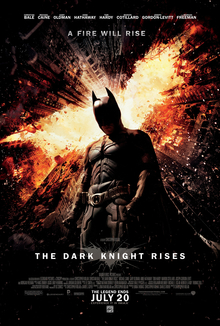Primarily, before we begin to import our media onto the app, we must create a new event which is just the same as starting a new document on a programme such as Microsoft word. This can be done by accessing File>New>Event or by right-clicking on the mouse and select 'new event' where you then have to name the event and select a place of storage on the apple device. After doing this,it is now possible for you to import media and begin editing. To import media, you have to simply select File>Import>Media which will then open the media import window and from here you can all connected devices and drives on your computer as well as any favourite locations that have been viewed most often. After deciding which clips you want to use on your event you need to highlight them and select 'import selected' at the bottom right of the application and there you want to store the media in the existing event. Furthermore, you are given two options of how to store the media: 'copy to library' or 'leave files in place'. In my opinion I find that, for beginners, it is more convenient to select the 'copy to library' option as it makes the media more organised and easier to edit when the time comes.
Now that all that is taken care of an out of the way, you are now able to create your video using your imported media which is stored in the browser. To display the clips on the timeline at the bottom you must simply select and drag the chosen clip onto the timeline in the order that you wish to display it. You can change the speed of a clip by selecting the re-timing button on the editing tool-bar and then click either 'slow' or 'fast' depending on how quick you want the clip to run. Putting the clip in slow motion can be used to capture a moment of emotion and drama as well as giving the audience a chance to process what they are seeing and make sense of scene.
If you wanted to crop a piece of footage to reduce the size of it or perhaps focus in on a specific feature of the clip then you should highlight the clip and select the crop tool, this will allow you to click and drag the handles to crop the picture down to the desired size. zooming can also be a goo technique to use when editing clips as it shows specific detail such as facial expression of a character.
Zooming can be carried out by firstly using the blade tool to select a certain part of a clip that is going to be zoomed then clicking the Crop tool followed by the Ken Burns effect which essentially provides you with two windows. One will act as the start and the other will act as the end of the clip, you should move the smaller window to the area that you want to zoom in on. You will find that after doing this you can play the clip and it will zoom in on the selected area just as intended.
If you wanted a clip to be shorter than what it is then you must trim it by selecting the parts of the clip you want to keep and click Edit>Trim selected. The clip will get rid of any excess footage that is not wanted and the clip will be trimmed down to an ideal length. This tool can just be useful for if you don't want a certain part of the clip to be shown or if you just wanted the end product to be shorter.
Adding music and sound effects to a sequence can change the mood and effect how the audience processes media. To add soundtracks or sound effects to your music you first need to highlight your chosen clip and then select 'music and sound' where you have a list of Final Cut Pro X default music and sounds which you can then drag onto the timeline so it plays over the clip. If you wanted to get rid of the digetic sounds coming from the clip such as cars in the background then you need to select the clip and click on 'Clip' then 'detach audio' which will separate the sound from the footage and place the sound on the timeline where you can just simply delete it.












